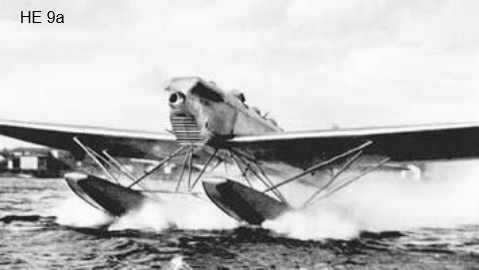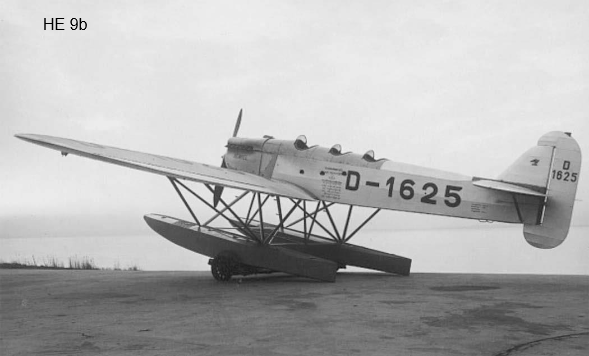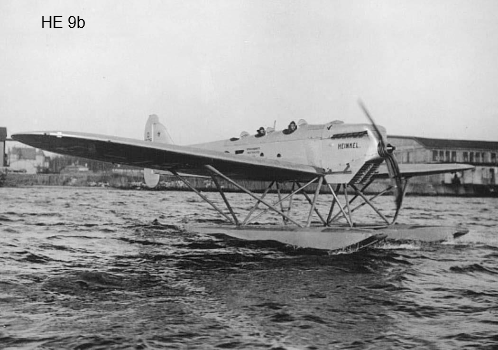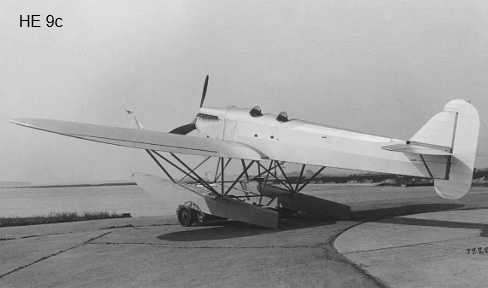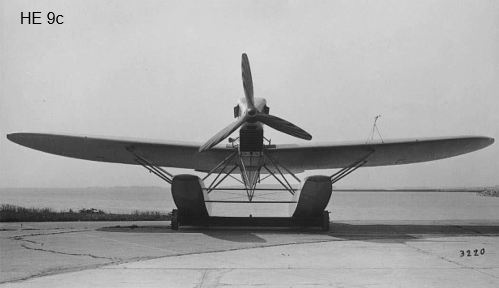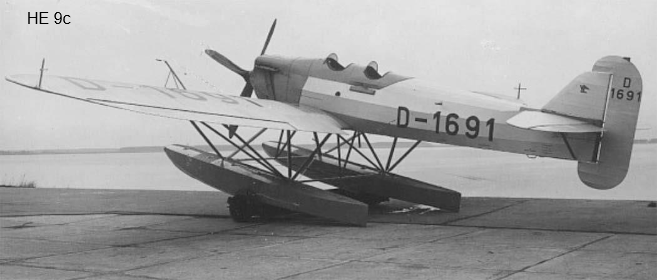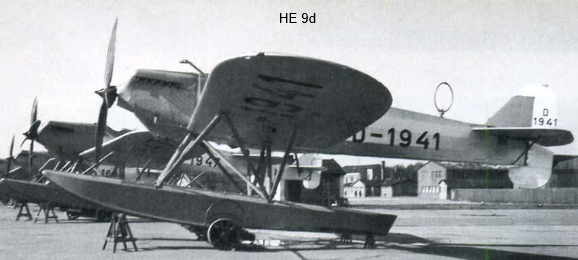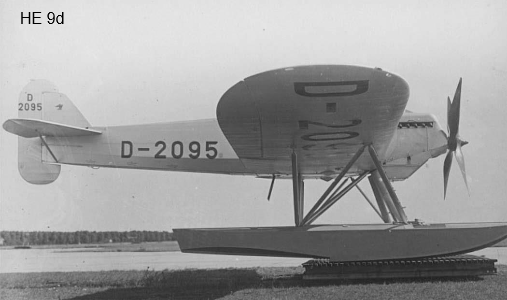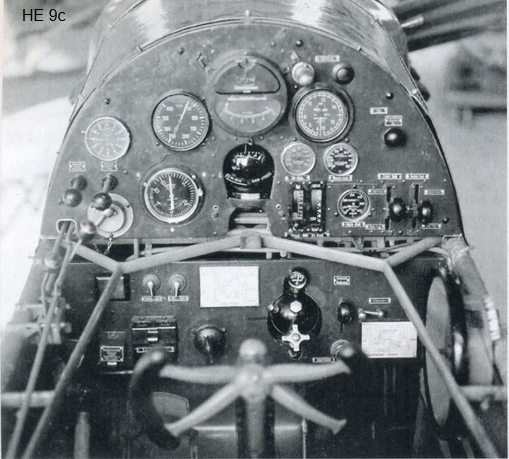| Type | a Two seat fighter and trainer seaplane | b Two seat fighter and trainer seaplane |
| Engine | 1 BMW VI 7,3 ZU | 1 BMW VI Z |
| Dimensions | Length 11,6 m, height 4,5 m , span 16,8 m , wing area 48,48 m2 , | |
| Weights | Empty 2130 kg, loaded 3000 kg, max. take off weight , fuel 700 l | Empty 2050 kg, loaded 3150 kg, max. take off weight , fuel 800 l |
| Performance | Max.. speed 260 km/h , landing speed 91 km/h, cruising speed , range 860 km, endurance 4,3 h , service ceiling 5900 m , climb to 1000 m 2,5 min., to 2000 m 5,1 min., to 3000 m 8,0 min., to 4000 m 12,1 min., to 5000 m 22,1 min., | Max.. speed 238 km/h , landing speed 95 km/h, cruising speed , range , endurance , service ceiling 4350 m , climb to 1000 m 3,8 min., to 2000 m 9,0 min. |
| Armament | Optional: 1 fixed and 1 movable 7,9 mm MG 08/15 | |
| Type | Werk.Nr | Registration | History |
| a | 319 | D-1617 | DVL |
| b | 325 | D-1625, D-IPYF | DVS |
| c | 328 | D-1688, D-IKAQ | DVS |
| c | 329 | D-1689 | DVS Crashed 17.6.1931 |
| c | 330 | D-1690 | DVS Crashed 13.4.1934 |
| c | 331 | D-1691, D-ILIQ | DVS, Luftdienst. From August 1931 modified to d |
| d | 360 | D-1941 | DVS, RDL |
| d | 361 | D-1947 | RDL, DVS Travemünde |
| d | 362 | D-1950 | DVS, RDL |
| d | 382 | D-2095, D-IXAV | Luftdienst |
| d | 383 | D-2158 | DVS |
| d | 101 | D-2003, D-IPYV | Built by Focke Wulf. DVS |
| d | 102 | D-1976, D-IXYZ | Built by Focke Wulf. DVL |
| d | 103 | D-1966, D-IXOX | Built by Focke Wulf. DVL |

